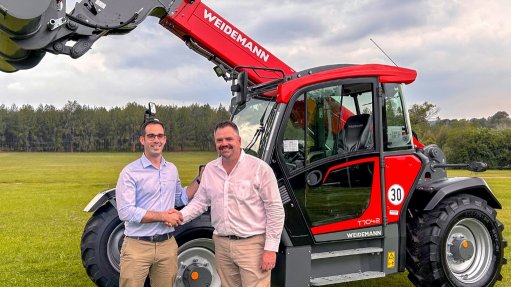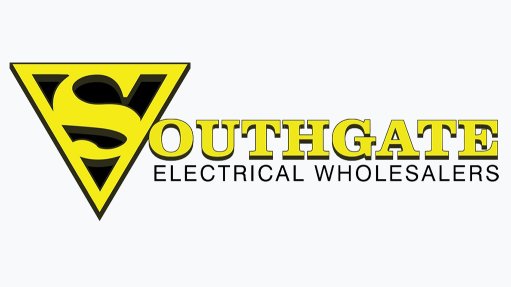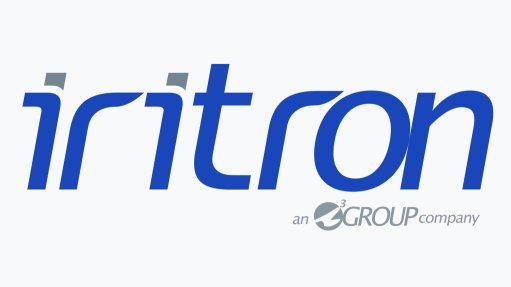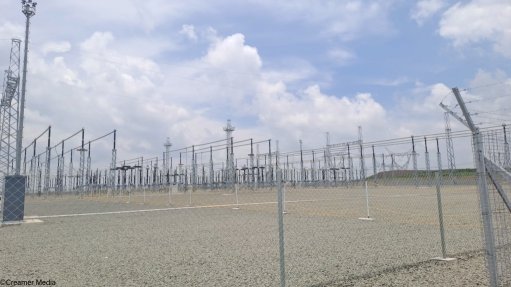Manufacturer launches new electric submersible solutions

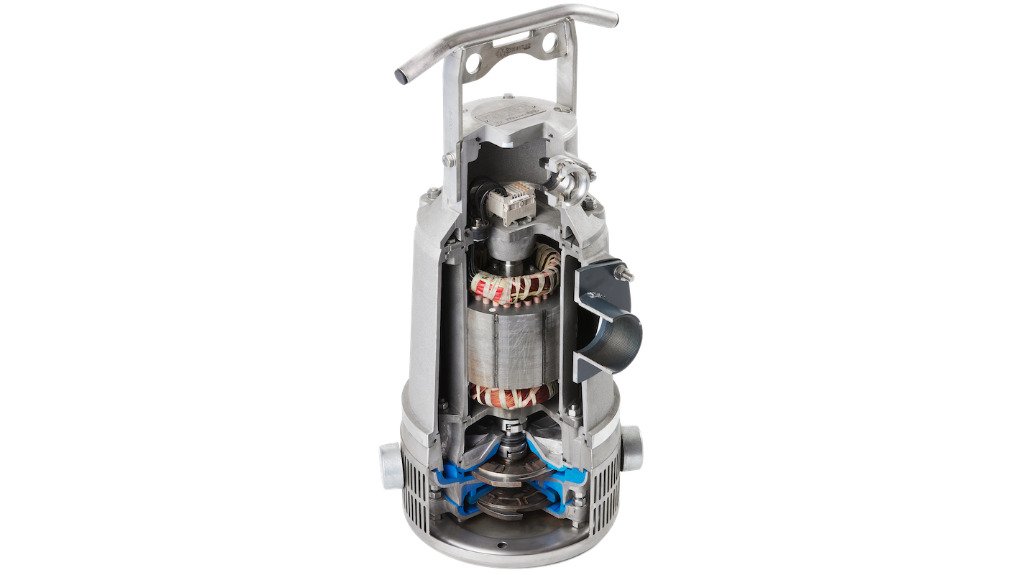
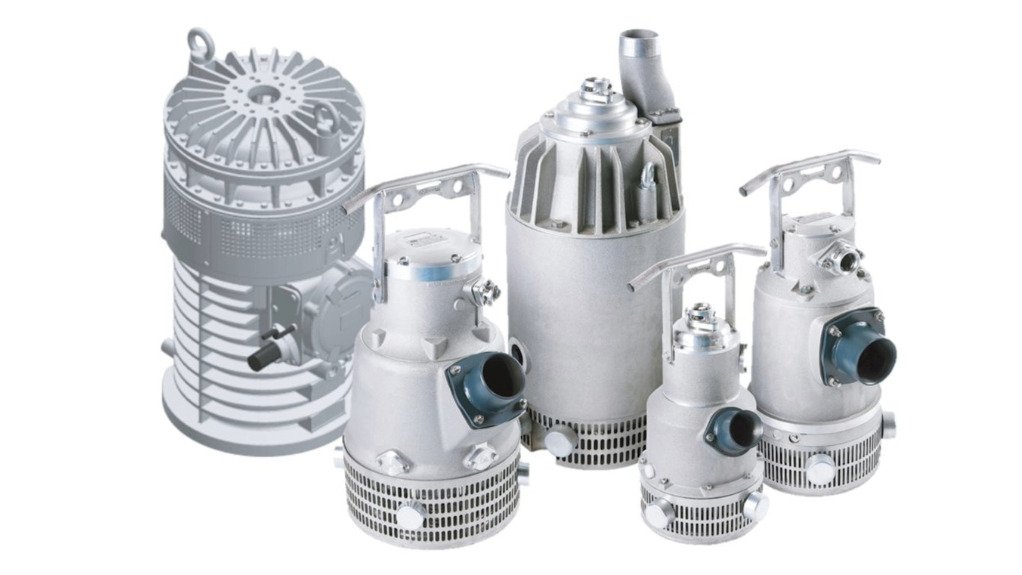
HEAVY-DUTY APPLICATION The Minetuff series of pumps is built with durable materials and adjustable hydraulics to handle abrasives
COMPLEX WATER MANAGEMENT The Minetuff series pumps provide a durable and efficient option for industries that face complex water management challenges, combining reliable performance with robust support as a solution tailored to demanding applications
Representing its first electric submersible pump product, pumping systems manufacturer Franklin Electric, through its Pioneer Pump brand, launched its Minetuff series of pumps at the Water Environment Federation’s Technical Exhibition and Conference in the US, in October 2024.
The Minetuff series is built with durable materials and adjustable hydraulics to handle abrasive materials such as sand, small stones and clay.
Pioneer Pump has provided proven surface dewatering pumps for 25 years, notes Franklin Electric large submersible pumps global products manager Kyle Johnson, adding that the launch of the Minetuff range “has been years in the making”.
This new range, ranging from 8 hp to 140 hp, is suitable for wells up to 74.6 m deep.
“Now, when deep wells or space limitations require a submersible solution, Pioneer Pump has you covered. Like all Pioneer Pump products, the Minetuff series performs in demanding applications and harsh environments, from mines to construction sites,” he explains.
Each pump includes a Class-H insulation system and thermal overload protection, ensuring a long service life in heavy duty applications.
In addition, the pumps are wet tested in-house for quality assurance and are supported by Franklin Electric’s resources, including FranklinTECH Online and parts kits.
The introduction of the Minetuff series highlights the ongoing evolution of surface versus submersible pumps for various dewatering needs. Both types offer portability and a range of hydraulic configurations, but each has distinct advantages depending on the application.
Surface Pumps vs Submersible Pumps
Surface pumps and submersible pumps share some similarities in terms of performance for dewatering applications, with Franklin Electric stating that both have portable configurations and can be easily transported around job sites.
In addition, both pump types offer a range of hydraulics to meet various dewatering application requirements, including a variety of high head and high flow options; however, several factors need to be considered when choosing a surface pump or submersible pump.
The factors to consider involve suction lift of an application, site constraints, pace of liquid movement, frequency of services, power sources, noise and the type of solids to be handled.
Suction lift – the distance between the suction centerline of a surface pump and the surface of the liquid – affects every pump owing to a minimum inlet pressure requirement. As a general rule, Franklin Electric advises that a surface pump works best when static suction lift is 7.6 m or less.
As such, surface pumps are a good option for portability and maintenance access, and they allow users to pump down completely.
If the suction lift is greater than 7.6 m, or minimum inlet pressure issues are a concern, a submersible may be a better choice, the company points out.
The pumping site itself can play a big role in the pump that is chosen for a specific application, with factors such as space close to the water’s edge, room to run suction and discharge hoses and access to the water source or power availability, playing key roles.
In many dewatering situations, there is also limited space for pumping equipment. This, says Franklin Electric, can create issues with surface pumps, which often occupy a large footprint.
Running hoses to and from the dewatering area can also cause space issues since hoses can be long, heavy and bulky. They can get in the way of other equipment on the site, making it hard for crews to navigate heavy machinery.
The company states that a submersible pump can overcome some of these issues since it occupies a smaller footprint.
As for liquid volume handling, Franklin Electric notes that surface pumps have the advantage for moving large volumes of water.
In terms of the power source available, the company points out that most submersible pump options require electricity, while surface pumps are available in electric- or diesel-driven options.
While diesel engines tend to have higher maintenance and fuel costs, they are more suited for remote areas without easy access to grid power or generators.
Depending on the site and pump use, users may want to consider how often the equipment will require servicing, with pumps that are used heavily requiring scheduled maintenance.
Article Enquiry
Email Article
Save Article
Feedback
To advertise email advertising@creamermedia.co.za or click here
Comments
Press Office
Announcements
What's On
Subscribe to improve your user experience...
Option 1 (equivalent of R125 a month):
Receive a weekly copy of Creamer Media's Engineering News & Mining Weekly magazine
(print copy for those in South Africa and e-magazine for those outside of South Africa)
Receive daily email newsletters
Access to full search results
Access archive of magazine back copies
Access to Projects in Progress
Access to ONE Research Report of your choice in PDF format
Option 2 (equivalent of R375 a month):
All benefits from Option 1
PLUS
Access to Creamer Media's Research Channel Africa for ALL Research Reports, in PDF format, on various industrial and mining sectors
including Electricity; Water; Energy Transition; Hydrogen; Roads, Rail and Ports; Coal; Gold; Platinum; Battery Metals; etc.
Already a subscriber?
Forgotten your password?
Receive weekly copy of Creamer Media's Engineering News & Mining Weekly magazine (print copy for those in South Africa and e-magazine for those outside of South Africa)
➕
Recieve daily email newsletters
➕
Access to full search results
➕
Access archive of magazine back copies
➕
Access to Projects in Progress
➕
Access to ONE Research Report of your choice in PDF format
RESEARCH CHANNEL AFRICA
R4500 (equivalent of R375 a month)
SUBSCRIBEAll benefits from Option 1
➕
Access to Creamer Media's Research Channel Africa for ALL Research Reports on various industrial and mining sectors, in PDF format, including on:
Electricity
➕
Water
➕
Energy Transition
➕
Hydrogen
➕
Roads, Rail and Ports
➕
Coal
➕
Gold
➕
Platinum
➕
Battery Metals
➕
etc.
Receive all benefits from Option 1 or Option 2 delivered to numerous people at your company
➕
Multiple User names and Passwords for simultaneous log-ins
➕
Intranet integration access to all in your organisation










